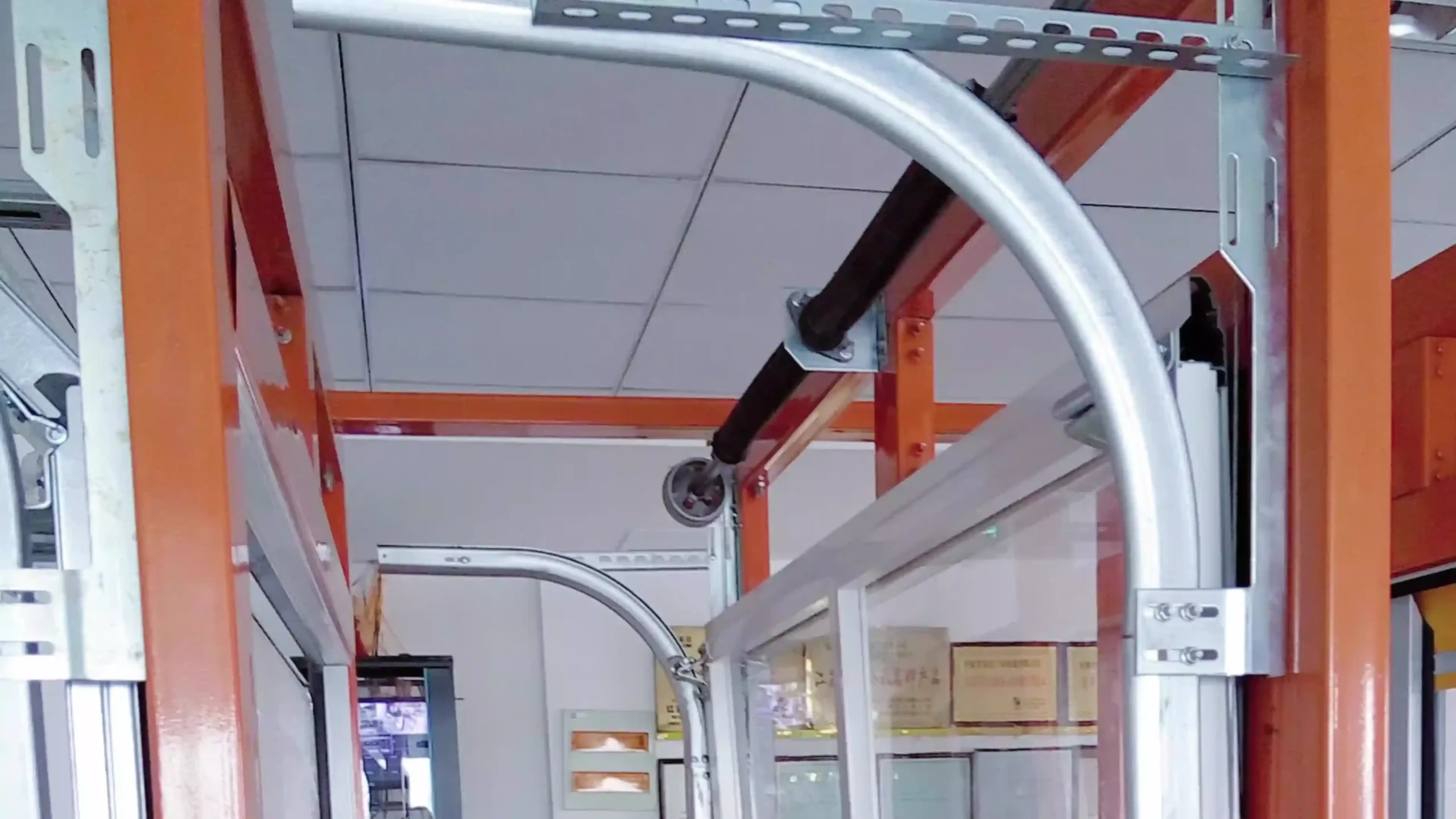Garage door openers make life easier. However, during events like power outages or breakdowns, you might need to operate it by hand. In these situations, it is important to know how to use the garage door emergency release cord on your universal garage door.
This guide will help you with everything from simple instructions to more advanced tips for using the garage door emergency release feature in 2025. By having the right information and tools, like an emergency release lock kit, you can manage your garage door safely and easily when needed.
Key Takeaways
- Garage door emergency releases provide a manual solution during motor failure or power outages.
- Newer emergency release systems integrate technological advancements like enhanced security features and ease of use.
- Safety precautions, such as ensuring the door is in a closed position, are essential when operating the emergency release cord.
- Proper usage minimizes damage from hazardous situations, such as broken springs or stuck doors.
- Emergency release systems require regular testing and maintenance to ensure optimal functionality in critical situations.
Understanding Garage Door Emergency Releases
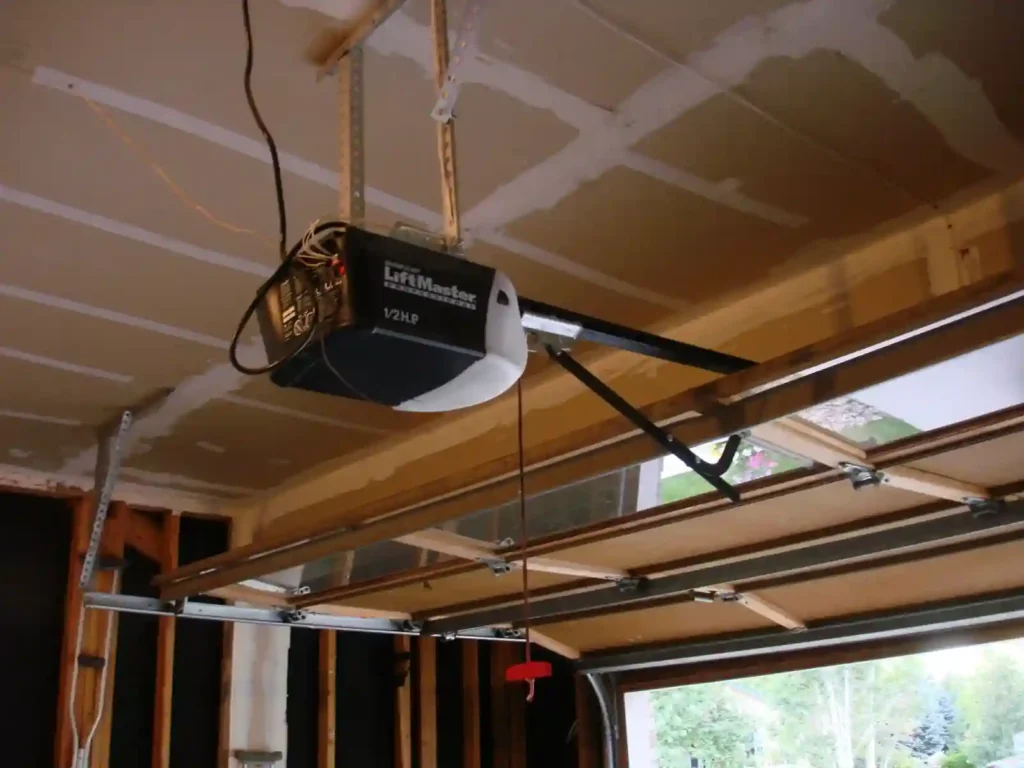
Garage door emergency releases are important for modern garage door systems. They help disconnect the automatic system so you can open the door by hand in an emergency. If there is no electricity or if the door opener is broken, this feature offers a helpful solution.
In 2025, emergency releases are even more essential because of new advancements like stronger cords that work with various models. Today’s garage door models focus on safety and efficiency. Being an informed user helps you avoid problems, whether you are facing a detached garage or an emergency garage situation.
1. The Importance of the Emergency Release in 2025
Emergency releases are a quick way to respond in critical situations. They provide great help when needed the most. In 2025, this feature will become even more important. Garage door opener manufacturers are improving their designs to make them safer and more useful. Whether it’s a broken spring or an issue with a security service, the emergency garage release is essential.
Security is also a big reason for their importance. Modern systems are working hard to reduce online attacks or breaches. They include manual overrides as a strong security solution.
Additionally, garages that are detached or automatic come with updated emergency releases. These systems are easier to use when there’s a mechanical failure or a power cut. But users need to fully understand how to use them to stay safe. Manufacturers keep making new innovations, ensuring that emergency releases are vital for safe and efficient operations of garage doors.
2. Technological Enhancements in Emergency Releases
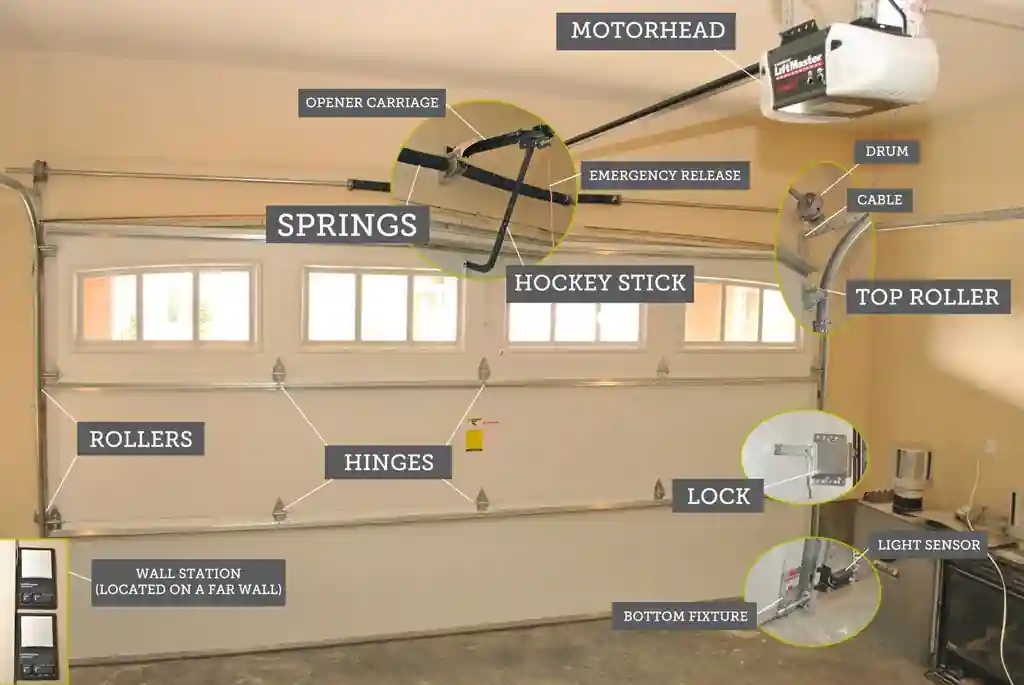
In 2025, technology has changed emergency releases into smart solutions. Emergency release lock kits now have extra security to stop unauthorized access. These systems work well with apps and remote controls to make security even better.
To be more user-friendly, manufacturers create lock kits that fit different brands and models of garage doors. They use strong materials like steel and zinc for better durability and performance.
Improved technology makes installations and updates easier. For example, customers can now use quick-release mechanisms with strong emergency cords, which work with both manual and automatic systems. These new ideas keep things simple during emergencies. Better systems make sure your garage stays safe, secure, and easy to access, even in unexpected situations.
Step-by-Step Guide to Using the Emergency Release

Operating a garage door’s emergency release should be done carefully to stay safe and effective. First, make sure the door is fully closed. Pulling the release cord while the door is open can be risky because of the door’s weight, especially if the spring is broken.
Then, find and pull the emergency release cord. This will disconnect the opener carriage. After that, move the door by hand, being careful to keep it steady. Once you’re done with the emergency phase, make sure to reconnect the mechanism correctly.
3. Ensure Safety First
Safety should be your top concern when using the emergency release on a garage door. First, make sure the door is closed. This helps reduce risks. Trying to open the door when it is fully raised can cause it to fall suddenly. If the springs are broken, this problem is worse, so correct positioning is important.
Next, check the safety sensors for any problems before you start manual operation. Newer models have sensors to help prevent accidents, but you must still be careful.
Finally, when you pull the emergency release cord, do it gently and steadily. Avoid sudden movements. Keeping control during manual operation helps protect both the door and the space around it. Following these safety steps will help you use the garage door emergency release effectively and without issues.
4. Disconnect the Garage Door Opener
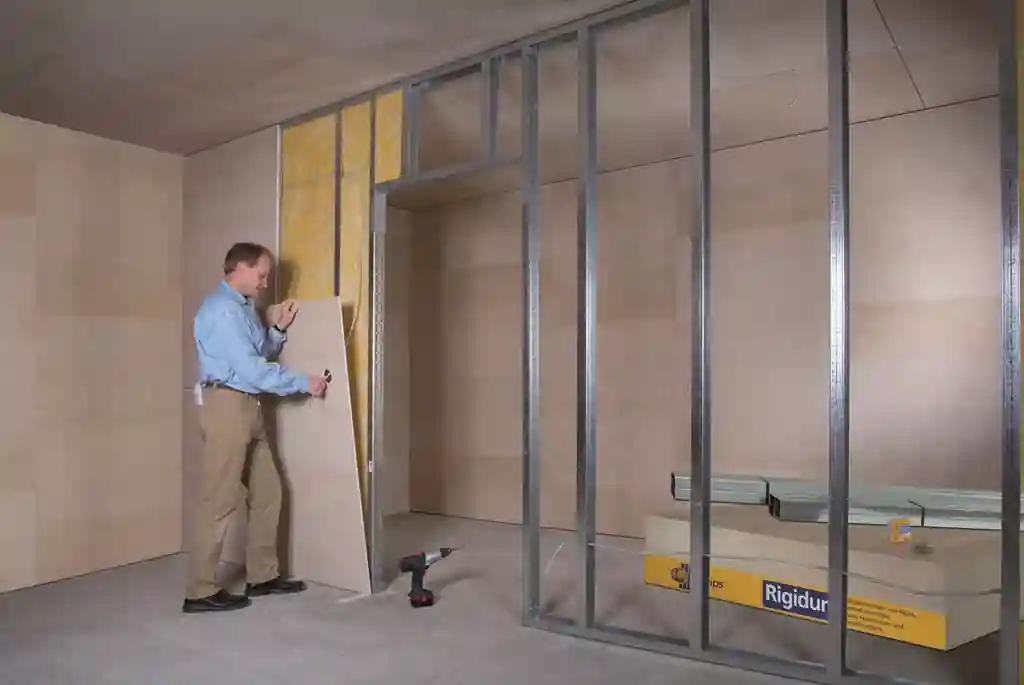
To turn off the automated system, first find the trolley and where it connects to the opener carriage. Then, pull the emergency release cord down. This quick action will disconnect the opener carriage, letting the door move freely for you to adjust it by hand.
While the opener is off, you should use the manual lock if you have one. This keeps the door secure when it is closed. It also adds an important safety feature while you manually work on it.
After you finish your adjustments or repairs, reconnect the opener. You can use the remote control or push the cord back to connect it to the opener carriage. This makes sure the system goes back to automatic mode so you can use it regularly. Knowing how to do this can help you save time and avoid extra damage.
5. Locate the Emergency Release Cord
The emergency release cord is usually easy to find. It is often red and hangs down from the trolley on your garage door track. Make sure to find this release cord before you try to do anything. Knowing its purpose is important.
Check if it is easy to reach and in good shape. A release cord that is worn-out or tangled can make things harder when you need to use it manually. Many people buy universal garage door release cords because they are easy to replace.
Once you find the cord, take time to understand how it works. It is important for the emergency release. It disconnects the automated opener carriage. Being ready will help you feel confident when you face emergencies. This way, you can handle them safely and effectively.
6. Pull the Emergency Release Cord
Pulling the emergency release cord is easy and very important for using your garage door by hand. First, find the emergency release cord and pull it gently downward. This will disconnect the trolley from the opener carriage. Now, the door can move freely on its track.
When you pull the cord, use gentle but steady force. Try not to make any sudden movements since that could harm the parts that are attached. This action changes the garage door system from automatic to manual operation.
After you are finished, remember to reset the cord to use the opener again. Pull the cord towards the door to position the spring lever properly. This action makes sure everything is attached correctly for future use. This way, you’ll have smooth action whether it’s for emergencies or regular use.
7. Manually Open and Close the Garage Door
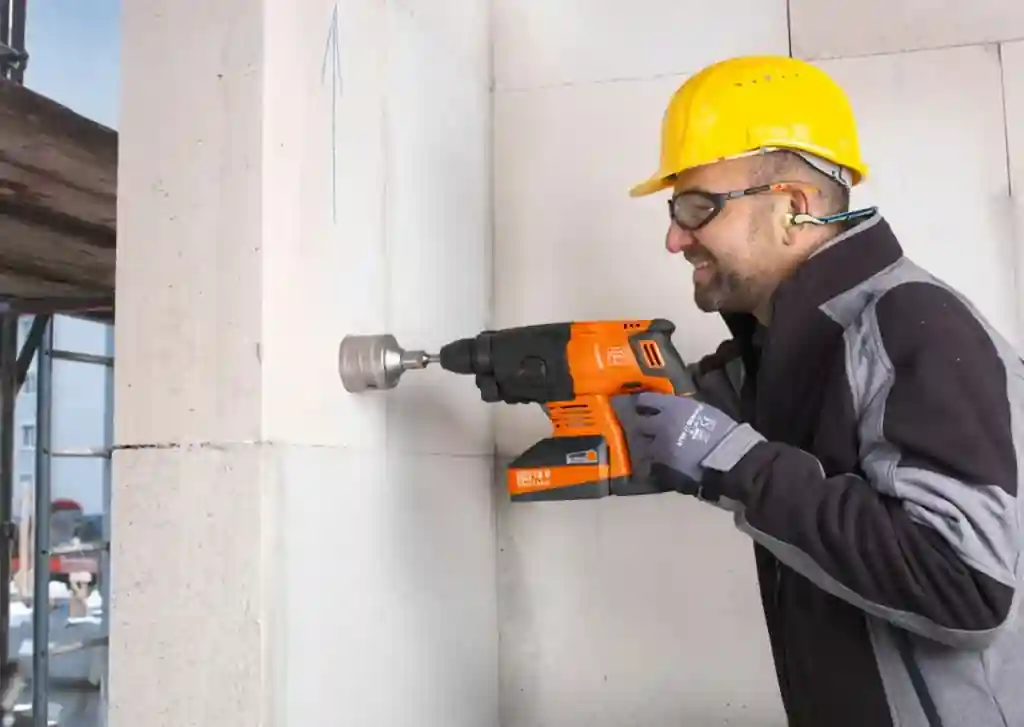
Once you pull the emergency release cord, you can operate your garage door manually. First, make sure you’re in a safe spot to avoid getting hurt if the door falls or moves suddenly. Then, lift or lower the door to the open position you need.
If you need to make adjustments or check things, take your time to ensure everything works right. If you have problems, a garage door service technician can help. After you’re done with the manual operation, make sure to close the door to keep it secure and prevent it from slamming down.
Finally, reconnect the automatic system correctly. Use the spring lever or opener carriage remote to help the door go back to normal. Practicing this will make manual operation easier during emergencies.
Conclusion
Every homeowner in 2025 needs to know how to safely and effectively use a garage door emergency release. Technology has made these emergency releases more reliable and necessary. By following the steps mentioned above, you can be ready for any surprise and keep your home safe and working well.
Regularly testing your emergency release and knowing the best practices will not only keep you safe but also help your garage door last longer. Don’t wait for an emergency to happen; learn the process today to feel secure for you and your family. If you have any questions or need more help, check out our FAQ section or contact us for expert advice.
Frequently Asked Questions
1. How often should I test my garage door’s emergency release?
Regular testing of your garage door’s emergency release is recommended every 1-2 months. This ensures the mechanism functions properly in case of an emergency. Additionally, inspect it after any significant weather events or if you notice unusual garage door behavior.
2. What should I avoid when using the emergency release?
When using the emergency release, avoid pulling the cord without ensuring the area is clear and safe. Also, refrain from forcing the garage door open or closing if it feels stuck, as this may cause damage or injury.
3. What happens if you pull the emergency release on the garage door?
Pulling the emergency release on your garage door disconnects it from the opener, allowing for manual operation. This is crucial during power outages or malfunctions but takes care to ensure the door is secure and free from obstructions before proceeding.
4. Where is the emergency release on a garage door?
The emergency release for a garage door is typically located near the top of the door, often as a red cord or handle. It connects to the garage door opener mechanism, allowing manual operation during power outages or emergencies. Always familiarize yourself with its location for safety.
5. How to reset garage door after emergency release?
To reset your garage door after using the emergency release, first reconnect the opener by pulling the cord back down. Then, press the remote or wall button to see if it operates normally. If not, check for obstructions or consult your manual for troubleshooting.
6. How do you manually release a garage door?
To manually release a garage door, locate the emergency release cord usually hanging from the opener. Firmly pull the cord down to disengage the door from the opener, allowing you to open and close it manually. Always ensure safety before attempting this procedure.
7. How do I reset the emergency release on a garage door?
To reset the emergency release on a garage door, first ensure the door is in the closed position. Re-engage the opener by pulling the cord towards the opener. Test by using the remote. Regular checks ensure it functions correctly when needed.
8. How do you unlock a garage door in an emergency?
In an emergency, unlock your garage door by locating the emergency release cord, typically red and hanging from the opener. Pull it down firmly to disengage the door from the opener, allowing you to manually lift or close the door safely.
9. How to open a garage door when there is no power?
To open a garage door without power, locate the emergency release cord, typically red, hanging from the opener. Pull it down to disengage the door from the opener mechanism. Then, manually lift the door. Always ensure safety by checking for obstructions first.
10. Where is the emergency release cord on a garage door?
The emergency release cord on a garage door is typically located near the top of the door, hanging down from the trolley. It’s often bright red for visibility and should be easily accessible to ensure quick operation during emergencies.

